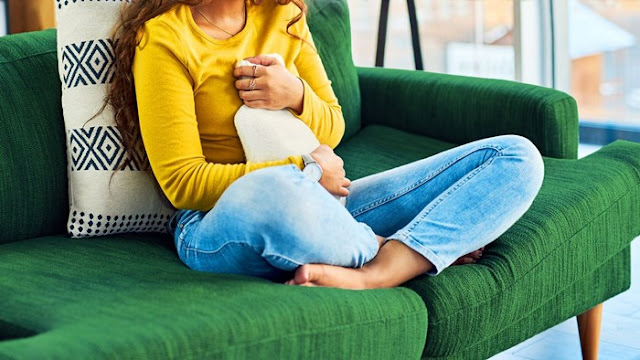Fibroids are non-cancerous tumors that grow in the uterus of women. These tumors can cause discomfort and sometimes pain, heavy menstrual bleeding, and even lead infertility. While fibroids are common, affecting up to 80% of women, the causes are not fully understood, and there is no known way to prevent them.
However, there are steps you can take to slow down the growth of fibroids and improve your symptoms.
Maintain a healthy weight
Being overweight or obese increases your risk of developing fibroids and can make them grow more quickly. Losing weight and maintaining a healthy weight can help to slow down the growth of fibroids. Eating a healthy diet that is low in fat and high in fiber can help to support healthy weight loss and reduce inflammation.
Exercise regularly
Exercise is an essential part of a healthy lifestyle and can help to slow down the growth of fibroids. Regular exercise can help to reduce inflammation, lower your risk of developing fibroids, and reduce the severity of your symptoms. Aim to exercise for at least 30 minutes most days of the week.
Manage stress
Stress can contribute to the growth of fibroids, so it is essential to learn how to manage stress effectively. You can try techniques such as deep breathing, meditation, or yoga to reduce stress and promote relaxation. Getting enough sleep is also important, as lack of sleep can increase stress levels.
Avoid caffeine and alcohol
Caffeine and alcohol can increase the growth of fibroids and exacerbate your symptoms. It is best to avoid these substances or limit your intake as much as possible. Instead, try drinking herbal tea or water to stay hydrated.
Use natural remedies
Certain natural remedies can help to slow down the growth of fibroids and reduce your symptoms. For example, taking supplements such as vitamin D, magnesium, and green tea extract can help to reduce inflammation and support healthy tissue growth. Additionally, herbs such as milk thistle, turmeric, and ginger can help to reduce inflammation and promote healing.
Consider hormone therapy
Hormone therapy can be used to shrink fibroids or slow down their growth. This type of therapy involves taking medications that alter your hormone levels, such as birth control pills, or progesterone-only pills. Hormone therapy can help to reduce heavy bleeding and alleviate pain caused by fibroids.
Discuss surgical options with your doctor
In some cases, surgery may be necessary to remove fibroids. There are several surgical options available, including myomectomy (removing the fibroids while leaving the uterus intact), hysterectomy (removing the uterus), and uterine artery embolization (blocking the blood supply to the fibroids). It is essential to discuss your options with your doctor and weigh the risks and benefits of each procedure.
In conclusion, while there is no known way to prevent the growth of fibroids, there are several steps you can take to slow down their growth and improve your symptoms.
Maintaining a healthy weight, exercising regularly, managing stress, avoiding caffeine and alcohol, using natural remedies, considering hormone therapy, and discussing surgical options with your doctor can all be effective ways to manage fibroids. It is important to work closely with your healthcare provider to develop a treatment plan that is right for you.
CAUTION: Now I need you to pay very close attention to this
This Super-Simple 3-Step Protocol Eliminated My Uterine Fibroids In Just 21 Days
If you’re trying to cure your PCOS or battling any type of uterine fibroids, you MUST check this out.
Medical researcher, alternative health and nutrition specialist, health consultant, and Former Uterine Fibroids Sufferer teaches you how to:
- Eliminate Your Uterine Fibroids Naturally In As Little As 21 Days and Prevent Their Recurrence
- Tackle Pelvic Pressure and Pain, Bloating, and Discomfort in Less Than 12 Hours
- Boost Your Fertility and Gain Regular Periods (No More Spotting or Unexpected periods)
- Stop Bladder Pressure
- Treat Heavy Menstrual Flow (Menorrhagia) or Painful Menstrual Flow (Dysmenorrhea)
- Treat Pain During Intercourse (Dyspareunia).
- Improve the Quality of Your Life Dramatically!
Discover how she overcame her own Uterine Fibroids and taught thousands of women worldwide to treat all their Uterine Fibroids and all related issues quickly, safely, and naturally.
- Even If You Have Very Large Uterine Fibroids
- Even If You Have Endometriosis
- Even If You Are Menopausal
- Without Resorting To Drugs or Surgical Procedures
- Faster Than You Ever Thought Possible!










